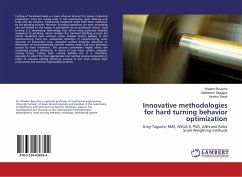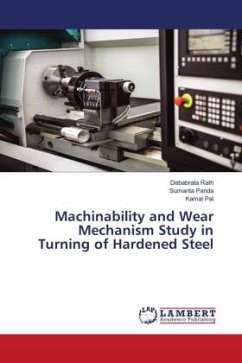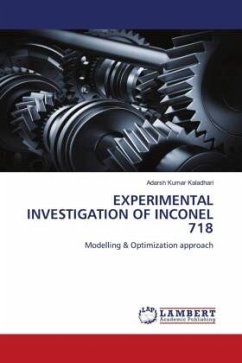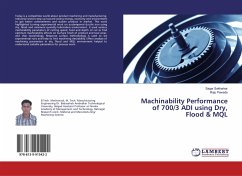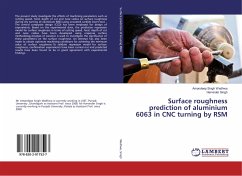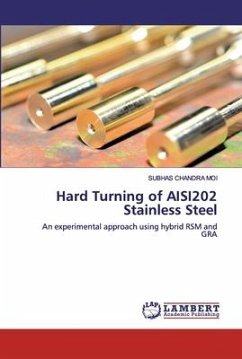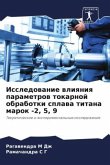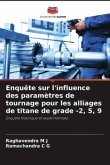Cutting of hardened steels is a topic of great interest for today's industrial production. They are widely used in the automotive, gear, bearing and tools and die industry. Traditionally hardened steels have been machined by the grinding process. However, grinding operations are time consuming and are limited to the range of geometries to be produced. Hence, hard turning is a developing technology that offers many potential benefits compared to grinding, which remains the standard finishing process for critical hardened steel surfaces. Some decisive factors leading to this manufacturing trend are: substantial reduction of manufacturing costs, decrease of production time, improved surface integrity, reduction or elimination of environmentally harmful cooling media and part distortion caused by heat treatment. The process parameters highly affect the machining process efficiencies in terms of tool wear, surface integrity, cutting forces, cutting heat, cutting stability...etc. It is, therefore, necessary to select the most appropriate and optimal process parameters in order to improve cutting efficiency, process at low cost, achieve high productivity and produce high-quality products.

